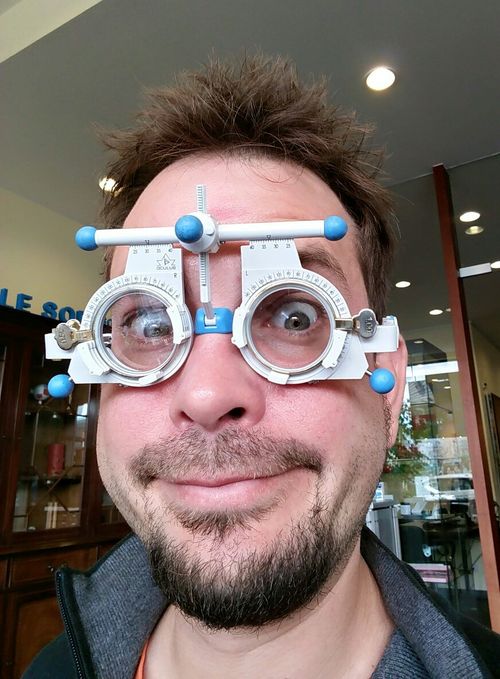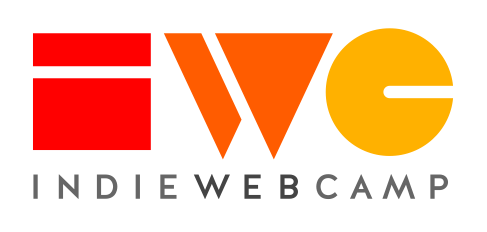2025/Düsseldorf/sustainableweb
More Sustainable Websites was a discussion session at IndieWebCamp Düsseldorf 2025.
Watch: ▶️ 44:17s
Archived from: https://etherpad.indieweb.org/sustainableweb
Participants
 Joschi Kuphal - session facilitator
Joschi Kuphal - session facilitator capjamesg, remotely.
capjamesg, remotely.David Shanske, also remotely
 Tantek Çelik
Tantek Çelik Daniel Pietzsch
Daniel Pietzsch Schepp
Schepp- ... add names
Notes
- Topic: Things we can do to make our websites more sustainable
- How can we do things using the minimum required resources?
- Question when making websites: Do we really need this website? If we do, there are lots you can do to make the site more sustainable.
- Power consumption
- Designing a service to be used when appropriate, not as much as possible (like social media)
- Sustainable interfaces should be easy to grasp so people can get set up easily
- Related topic: sustainable UX design via Sandy Dähnert https://www.sandydaehnert.de/, also listen to https://workingdraft.de/650/ (German).
- Certain colors, like blue, use more power than others, like red.
- Most modern OLED displays can switch pixels off if they are completely black
- There is also bad UX from the psychological approach, e.g. by nudging people to buy/consume things they would not have with more a sustainable UX spproach in mind
- Web Sustainability Guidelines - https://w3c.github.io/sustainableweb-wsg/
- In Germany there is a new ecological design policy which requires manufacturers to collect data on how sustainable their product is and Tim Frick (https://www.mightybytes.com/teammember/tim-frick/) from the W3C Sustainability Guidelines suggests to have that for websites, too
- Joschi would love to approach website creation more under these aspects and to offer an “ecomode”, colors, caching, minimizing images or videos, more text based content
- Schepp mentions Fershad Irani (https://fershad.com/) who works for the Green Web Foundation and blogs a lot about these kinds of topics. He is co-author of co2.js, which calls the Eletricity Maps APIs and gives you back the current level of co2 per kWh for the location calling it (https://www.thegreenwebfoundation.org/co2-js/)
- Schepp wonders if switching into an eco mode is the best approach or if it would be better to always go eco-friendly. Like you always want a fast website, regardless of the internet connection speed.
- Your site could have an "eco mode" that minimises energy use. This could be separate from dark mode, which may prefer off-white and off-black rather than exactly black and white (which are harder to read).
- As a developer, you can make (good or bad) decisions which technologies you use on the server and which ones you deliver to clients
- green_computing#Tools
- Tantek is using NoScript to block all scripts by default (and thereby reduce energy consumption): https://noscript.net/
- Schepp suggests that moving more processing to the server could be good as for your server you know exactly on what kind of energy it runs - so more MPA and less SPA
- Firefox also has an integrated power profiler since one and a half years: https://www.thegreenwebfoundation.org/news/carbon-emissions-in-browser-devtools-firefox-profiler-and-co2-js/
- Joschi asks the question "What are a good defaults to follow for energy efficient websites?" And he asks us what we think we could do better.
- Gunnar has the idea that he could reduce the amount of text sent upon startup and to lazy load it when needed
- Tantek runs the idea of processing certain things (like permalinks) at his website's client devices - which could be a good thing, but could also be detrimental depending on the kind of energy the client consumes
- Expansions on the concept of progressive enhancement
- Why does something need to be progressively enhanced? Or, in other words: can a simpler experience be offered to all users that is more intuitive?
- Joschi tells the story that at his agency they decided not to do online shops for differents of reasons. But now he starts to think that they should in order to do it right and more sustainable.
Yes indeed! I'm green - James
- ... add notes
